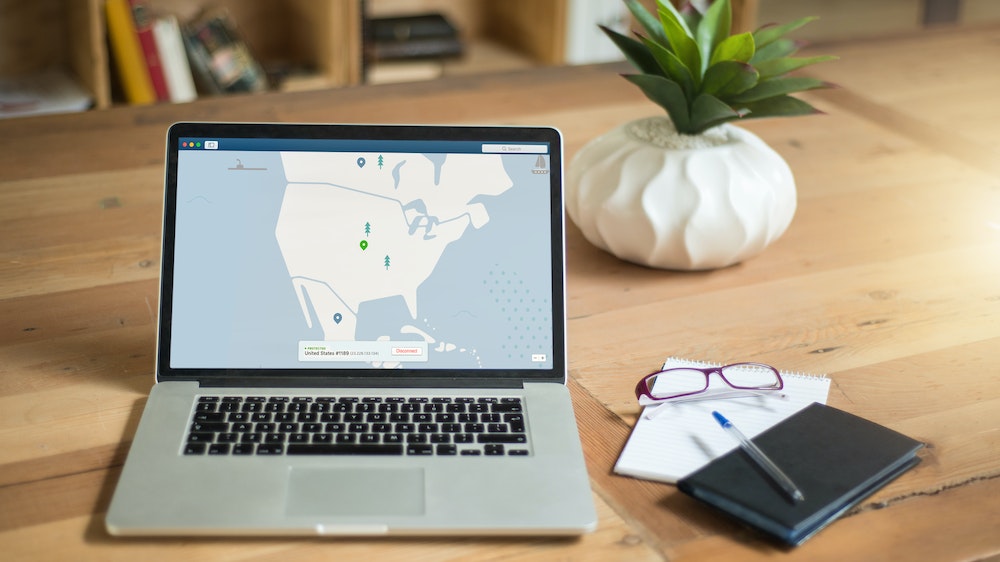If you’re curious about the different parts that make up a computer and which ones you can touch, you’re in the right place! Computers are made up of various components that work together to perform different functions. In this article, we’ll provide a list of computer parts that you can touch, explained in simple terms that school students can understand.
- Computer Case: The computer case, also known as the tower or chassis, is the outer shell that houses all the internal components of the computer. It’s usually made of metal or plastic and protects the delicate internal parts from dust, debris, and damage. You can touch the computer case to move or transport the computer, but be careful not to touch any of the internal components.
- Power Button: The power button is a physical button or switch located on the front or top of the computer case. You can touch the power button to turn the computer on or off. However, it’s important to follow proper shutdown procedures to avoid data loss or damage to the computer.
- CD/DVD Drive: Some computers have a CD/DVD drive, which is a slot or tray where you can insert CDs or DVDs to read or write data. You can touch the CD/DVD drive to insert or remove discs, but be gentle and avoid touching the lens or any internal parts.
- USB Ports: USB ports, also known as USB connectors, are rectangular ports usually located on the front, back, or sides of the computer case. You can touch the USB ports to connect USB devices such as mice, keyboards, flash drives, or printers. Be careful not to force the connectors or touch any metal pins inside the port.
- Keyboard: The keyboard is an input device that allows you to type text and commands into the computer. You can touch the keys on the keyboard to type, but avoid pressing them too hard or spilling liquids on the keys to prevent damage.
- Mouse: The mouse is another input device that allows you to control the cursor on the computer screen. You can touch the mouse to move it and click the buttons to select options or perform actions. Be careful not to drop or mishandle the mouse to avoid damage.
- Monitor: The monitor, also known as the screen or display, is the part of the computer that shows you the visual output. You can touch the monitor to adjust the brightness, contrast, or volume settings, but avoid pressing too hard or touching the screen with dirty fingers to prevent damage.
- Speakers: Some computers have built-in speakers or external speakers that you can connect to the computer. You can touch the speakers to adjust the volume or move them, but avoid touching the speaker cones or wires to prevent damage.
Conclusion
Computers are made up of various components, and while most of them are internal and should not be touched, there are some parts that you can touch. In this article, we’ve provided a list of computer parts that you can touch, explained in simple terms that school students can understand. It’s important to handle computer parts with care and avoid touching any internal components or using excessive force to prevent damage. Always follow proper procedures and guidelines when interacting with computer components to ensure their longevity and functionality. Stay curious and enjoy exploring the world of computers!
